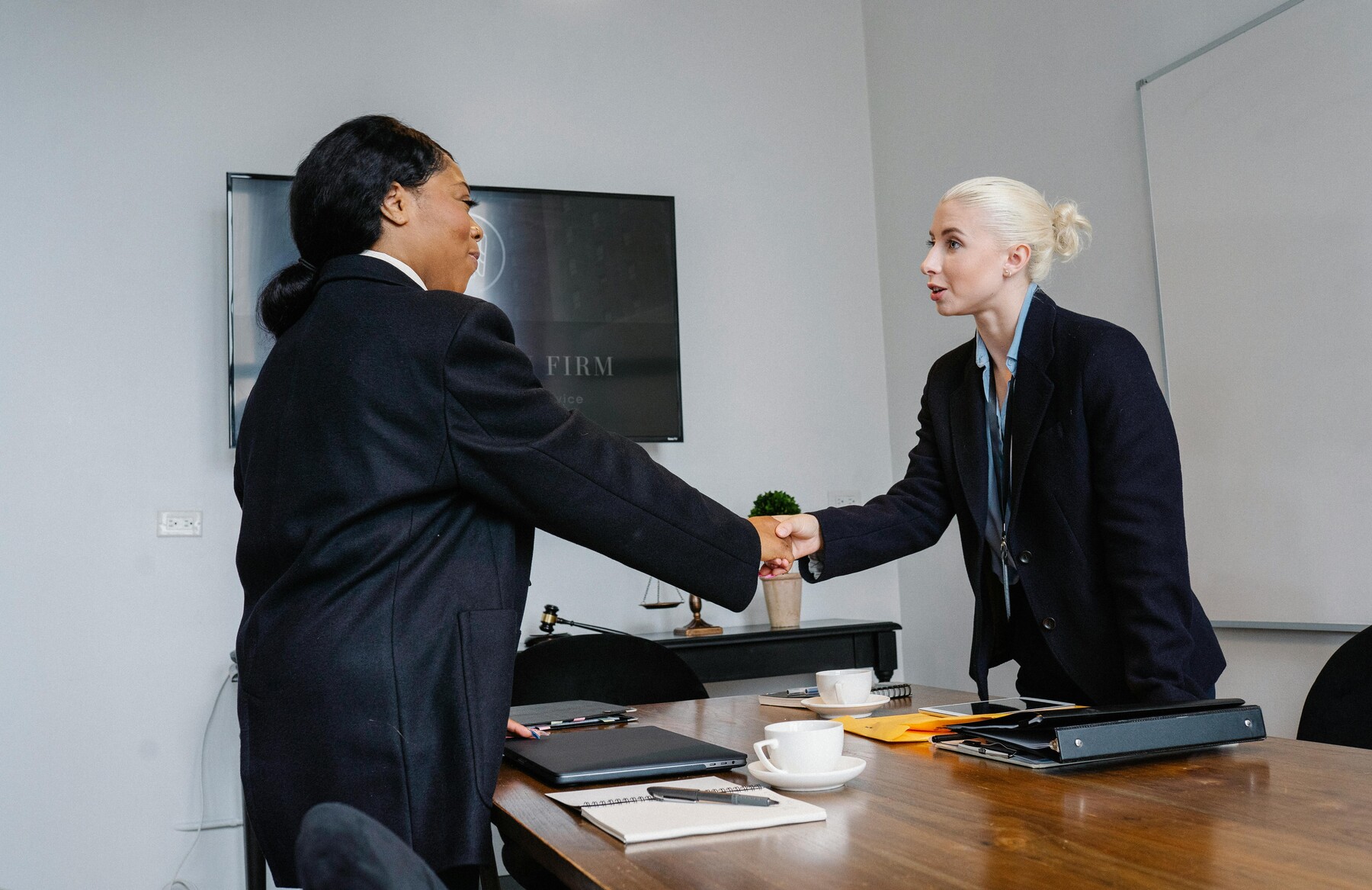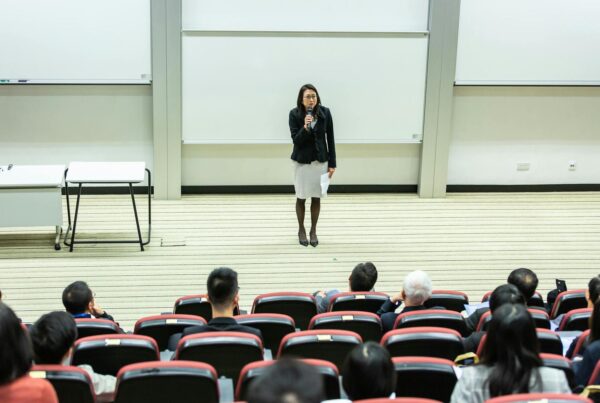One of the key strategies to maintaining workplace relationships is communication. Effective communication implies that everybody feels heard and, in turn, understands what is required of them. If you want to improve team dynamics with effective communication, let’s get into it.
Improve Team Dynamics With Effective Communication
To build a thriving team, it’s key to grasp how team dynamics influence interpersonal relationships and the collective achievement of goals. The dynamics within a team should contribute to a cohesive and positive work environment where every member feels valued and safe to contribute.
 Get to Know Your Team
Get to Know Your Team
Building a cohesive team starts with understanding the individual members. Start by scheduling one-on-one meetings; these allow you to understand each person’s goals, strengths, and areas for growth. Understanding their motivators will help create a supportive atmosphere conducive to collaboration.
You can also administer personality tests – like Myers-Briggs or DiSC profiles – which provide insight into how each member prefers to communicate and work. With this knowledge, you can tailor your communication effectively and place team members in roles where they’ll excel. Group bonding activities are another fantastic way to enhance your knowledge about the team.

Remember, it’s not just about professional dynamics; getting to know personal interests can foster deeper connections. Don’t hesitate to encourage casual conversations about hobbies, books, or music. It displays a genuine interest in them as individuals, not just employees.
Tackle Issues Head-On
When you encounter challenges within your team, addressing them promptly is vital. Doing so encourages a culture of open communication and trust, which is vital for maintaining team cohesion. Begin by actively listening to your team members’ concerns and feedback. Listen first to understand before responding. Remember, effective communication is a two-way street.
Next, identify the core issues. Use the following approach:
- Make sure everyone understands the exact nature of the issue.
- Address behaviors and situations, not character traits.
- Collaborate to find practical steps to resolve the issue.
It’s important to execute these steps with empathy and respect. Each team member should feel valued and heard, which in turn can transform potential conflicts into opportunities for growth.
Finally, commit to action. Define clear, actionable steps that are agreed upon by the team. By fostering a culture of accountability, you reinforce the importance of taking constructive actions to improve the team’s dynamics. By tackling issues head-on, you prevent small problems from snowballing into bigger issues. Remember, the goal is to improve team dynamics, starting with effective communication.
Define Responsibilities and Roles
Clarifying team members’ roles and responsibilities is a cornerstone of effective team dynamics. Confusion is reduced when everyone knows what’s expected of them, and productivity climbs. Here’s how you can do this:

- Create a roster: List out each role within your team, outlining the primary responsibilities. For example, the project manager oversees project timelines, delegates tasks accordingly, and manages team communication.
- Match skills to roles: Assign team members roles that align with their strengths and skills. This will help in maximizing efficiency and job satisfaction.
- Open communication channels: Establish clear methods for team members to ask questions or provide updates related to their roles. Maybe consider a communication tool like Slack for daily interactions.
- Feedback loop: Regularly review role assignments and responsibilities with your team to make sure they remain relevant and members feel supported.
Remember that roles and responsibilities can evolve. Keep the dialogue open so adjustments can be made as the project progresses or as your team grows. Your aim should be to assign tasks and empower each team member to contribute their best work.
 Communicate Effectively
Communicate Effectively
Good communication within a team is akin to the circulatory system within the body; it keeps information and ideas flowing smoothly. Firstly, it’s vital to establish a clear purpose for each conversation or meeting. This prevents drifting off-topic and makes certain that everyone is on the same page.
Show engagement by nodding and using affirmations like “I see” or “I understand”. Convey openness and receptiveness with uncrossed arms and maintaining eye contact. Be brief yet comprehensive enough to avoid misunderstandings. Schedule time to discuss progress and address concerns, aiding in preventing issues before they grow.
Embracing modern communication tools also improves team dynamics by fostering real-time collaboration. Strategizing team communication enables a fluid exchange of ideas, which is vital for any high-performing team. Remember the importance of tailoring communication styles to fit team members’ preferences.
Lend a Listening Ear to All
Effective communication isn’t just about how you convey your message; it’s also about how attentively you listen. Active listening is a foundational element that bolsters team dynamics, as it shows that you value your team members’ perspectives.
The benefits of active listening include more than just better communication. It fosters an environment where creativity blooms because team members are more likely to propose innovative ideas when they feel heard.
When you listen with curiosity, you understand what’s being communicated and tap into the underlying emotions and motivations behind your colleagues’ words. This greater curiosity can provoke new thinking and promote mutual learning.
 Related Questions
Related Questions
How Can You Make Sure Everyone in a Team Communicates Effectively?
Regular check-ins and encouragement of open dialogue can help foster effective communication. Establishing a safe space where everyone feels comfortable voicing their opinions is important. Additionally, utilizing tools and activities for team engagement may stimulate better interaction and understanding.
How Can Questions Help in Aligning Team Goals?
Pose questions that relate to the team’s mission and objectives. Use these queries to clarify roles, set expectations, and motivate your team towards a shared vision. Alignment-focused inquiries can bring everyone’s efforts into sync, driving the team forward as a cohesive unit.
What Questions Should You Ask to Address Conflict Within a Team?
Ask questions that focus on feelings and solutions rather than placing blame. Inquire about the issue’s impact on team dynamics and ask for suggestions on how to resolve it. This can lead to constructive ways of resolving conflicts and strengthening team bonds.
Conclusion
By embracing the strategies for effective team communication, you enable a more harmonious and productive work environment. Remember, clear communication is the lifeline of strong team dynamics as it helps to avoid misunderstandings and foster a collaborative spirit. Cultivate a safe space where team members feel comfortable sharing ideas; this encourages innovation and collective problem-solving.






